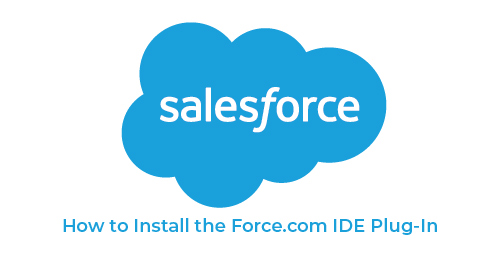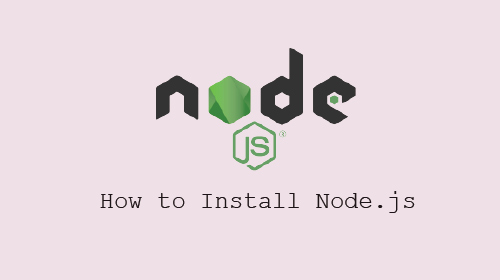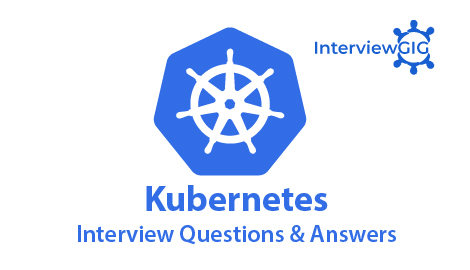Kubernetes Deployment Replicas
Kubernetes is the leading technology for managing and delivering applications at scale in the fast developing field of container orchestration. This supercomputer’s scalability and reliability come via Kubernetes Deployment Replicas. These backups are the program’s last line of defense when server load is high or when hardware fails. In this piece, we’ll go deep into how Kubernetes Replicas function so you can see why they’re so important for today’s application deployments. Let’s go on a thrilling trip to learn all there is to know about this impressive Kubernetes resource.
What is Kubernetes Replica and how it works?
Key abstractions in the Kubernetes ecosystem include Replicas, ReplicaSets, and Deployments. It is possible to make several copies of a pod and store them for later use.
With Kubernetes Replicas, you can be certain that the same number of replica pods will be used at all times. To do this, a controller like a ReplicaSet or Deployment keeps tabs on how the pods are doing.
If the quantity of pods is different from what was predicted, the controller will make the necessary modifications.
The kubernetes deployment replicaset controller will quickly spin up a replacement pod if one of the three pods in a ReplicaSet fails for whatever reason, whether it a node going down or a problem with the application itself. The controller will eliminate certain pods if there are too many.
Rolling updates are also supported in Kubernetes, making it easier to upgrade applications. Kubernetes guarantees that there is no downtime for users during application upgrades by gradually replacing the old pods with the new ones.
Application availability, scalability, and reliability all rely on this procedure. Kubernetes is an essential part of today’s application deployment strategies because to its scalability, fault tolerance, and regular upgrades.
Why use Kubernetes replicas?
The availability and dependability of enterprise-level applications rely heavily on Kubernetes Replicas. Even if one or more pods unexpectedly fail due to hardware problems, software errors, or other reasons, traffic may still be delivered if many copies of the pod are kept.
Customers can count on the same high level of dependability and consistency as a result.
Kubernetes Replicas are able to scale horizontally to meet spiking application demand or traffic. By spreading the workload, we can guarantee that no single Kubernetes replica or group of replicas is overtaxed. This means that more transactions or users may be handled by the system at once.
Applications are dependable and resilient as a result of Kubernetes Replicas. If a node crashes or a pod fails, the controller (like kubernetes deployment replicaset or Deployment) will replace the faulty pod with a healthy one. By taking a preventative stance toward resilience, regular operation of the software is ensured.
By employing replicas in kubernetes, it is simpler to partition application data from system resources. To prevent bottlenecks caused by a lack of available resources, workloads are often distributed among many pods. This separation improves system reliability and prevents a malfunctioning pod from bringing the whole thing crashing down.
Kubernetes Replicas, stated simply, are crucial to the development of cutting-edge, scalable, and trustworthy cloud-native programs. They help businesses deal with the challenges posed by fluctuating workloads by guaranteeing that applications can scale to meet growing needs without sacrificing performance or availability.
Kubernetes Replication Controller vs Replica Set
Kubernetes Replication Controller
One of the first controllers to be implemented in Kubernetes was the Replication Controller. It is responsible for ensuring that there is always a enough supply of duplicate pods. The Replication Controller will automatically produce a replacement pod in the event of a lost or damaged one.
Special Features of a Replication Controller:
- Selectors and labels might be used by controllers to identify and maintain track of the pods over which they have jurisdiction. Labels, which are associated with pods and are made up of key-value pairs, simplify the process of sorting and selecting.
- In the imperative approach used to create Replication Controllers, the intended state is often declared in advance. The number of copies kept is entirely at your discretion.
- Replication Controllers do not by default support rolling upgrades. When an application is updated, all running pods are killed and new ones are started. while a consequence, you could have some downtime while we make the necessary modifications.
Kubernetes Replica Set
The replicaset kubernetes has various benefits over the Replication Controller. The Replication Controller has been improved in two ways: update selection is now more nuanced, and more sophisticated update techniques are supported.
Special Features of Replica Set
- In Replica Sets, we have access to more complex label-based filtering thanks to the availability of more expressive selectors. In situations when you need to deal with pods in smaller groups, this is a big help.
- Replica Sets, in contrast to Replication Controllers, have the built-in ability to roll updates. As a result, application changes need little disruption as older pods are gradually swapped out for newer ones.
- If a Replication Controller fails, a Replica Set may be used as a direct replacement.
A Replication Controller is often sufficient when dealing with replication. Keeping track of how many copies of a pod are in circulation can be done quickly and easily with the help of a Replication Controller.
A Replica Set is the ideal solution when you need to implement rolling updates or more complex selection choices. It allows for better methods of upgrading, and more options overall.
Kubernetes Replication Controller vs Deployment
Kubernetes Replication Controller
One of the first controllers to be implemented in CKA training was the Replication Controller. It is responsible for maintaining a certain baseline availability of identical pods. When an existing pod has an error or is removed, the Replication Controller immediately generates a replacement.
Features of Kubernetes Replication Controller
- Selectors and labels might be used by controllers to identify and maintain track of the pods over which they have jurisdiction. Pods are labeled to facilitate their selection and organization.
- In the imperative approach used to create Replication Controllers, the intended state is often declared in advance. The number of copies kept is entirely at your discretion.
- When an application is updated, all running pods are killed and new ones are started. while a consequence, you could have some downtime while we make the necessary modifications.
Kubernetes Deployment
In order to provide a declarative approach to managing applications, Kubernetes Deployments make advantage of a higher level of abstraction. To guarantee data consistency, deployments often include additional features, including as rolling updates and versioning, on top of replica set kubernetes to ensure that the required number of copies is always available.
Features of Kubernetes Deployment
- Because Kubernetes takes a declarative approach to cluster management, all you have to do to create a deployment is declare what the cluster’s end state should be. Consequently, productiveness increases while time-consuming administrative tasks decrease.
- Deployments naturally include a method of rolling updates. When upgrading an application, it is best to replace older pods with newer ones gradually to avoid disruptions.
- Rollbacks and version control for applications are two benefits of using deployments. If an update breaks anything, you can go back to the prior version with no effort.
While applications may be managed using a Replication Controller, most users choose to utilize Deployments or StatefulSets instead because to their increased functionality and user-friendliness.
Conclusion
Kubernetes helps developers be ready for the difficulties of contemporary application deployment with features like the reliable Replication Controller, which assures a set number of pod replicas, and the flexible Deployment, which allows for rolling updates and version control.
These safeguards protect against failures and make it easy to scale up or down to meet varying demands. Teams can scale quickly without sacrificing quality of service thanks to Kubernetes Deployment Replicas’ ability to provide controlled updates and simple rollbacks inside a simplified continuous delivery pipeline.





